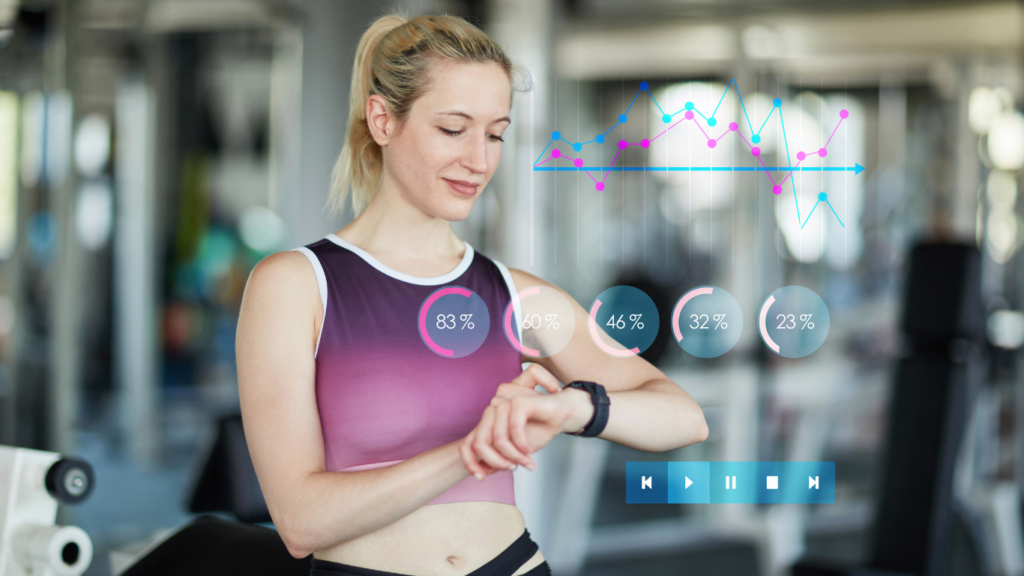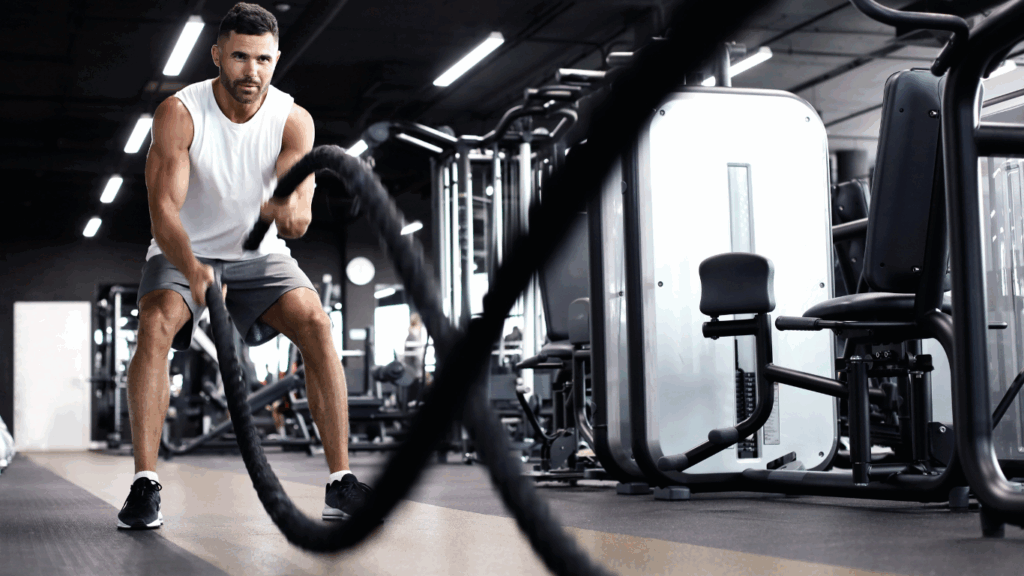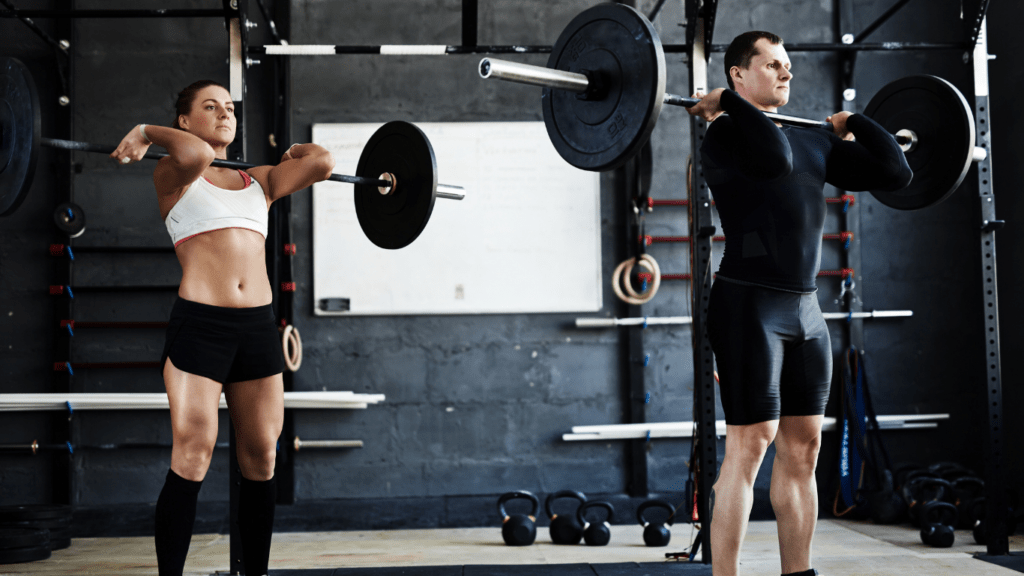Pushing your body to its limits doesn’t always guarantee results, especially if your workouts lack efficiency. That’s where biohacked workouts come in—combining science, technology, and strategy to maximize gains without wasting time or energy. It’s not about working harder; it’s about working smarter.
What Are Biohacked Workouts?
Biohacked workouts are fitness strategies designed to optimize results by leveraging scientific methods and emerging technologies. These workouts incorporate data analysis, wearable technology, and personalized techniques to target specific goals more effectively. By focusing on efficiency, they reduce wasted effort and maximize physical performance.
This approach often includes advanced tools like heart rate monitors, AI-guided fitness apps, and recovery optimization devices. For example, wearable trackers collect metrics such as oxygen saturation, sleep quality, and workout intensity to adjust training plans in real-time. The goal is precise, informed decision-making rather than traditional trial-and-error methods.
Biohacking also involves nutrition and supplementation tailored to improve workout output. Compounds like creatine, beta-alanine, and nootropics are used under expert guidance to enhance endurance, strength, and mental focus. Combined with strategic workout routines, these elements support the body’s ability to recover faster and build strength efficiently.
These workouts aren’t just for athletes; anyone seeking smarter fitness strategies can benefit.
Key Components Of Smarter Training
Biohacked workouts focus on smarter methods to achieve peak fitness gains. Optimizing training involves personalization, advanced recovery, and exercises that maximize efficiency.
Personalization Through Data
Data-driven customization tailors workouts to individual needs. Wearable devices track metrics like:
- heart rate
- VO2 max
- sleep duration
enabling precise adjustments. By analyzing performance trends, I identify weaknesses or plateaus and refine my plan. For example, AI-powered fitness apps suggest exercises dynamically based on tracked data, keeping my progress consistent.
Advanced Recovery Techniques
Effective recovery ensures sustainable performance. Tools like compression gear and infrared therapy promote muscle repair and reduce soreness. I monitor recovery metrics such as heart rate variability (HRV) to modify my training load when necessary. Cold immersion baths and targeted massage devices keep muscle fatigue under control, optimizing readiness for future sessions.
Efficiency-Driven Exercises
Workout efficiency maximizes results in less time. High-intensity interval training (HIIT) combines short bursts of exertion with rest, accelerating fat loss and cardiovascular endurance. Compound exercises, which activate multiple muscle groups, increase caloric burn and build overall strength. For instance, deadlifts and squats deliver functional gains while saving time compared to isolated movements.
Benefits Of Biohacking Your Workouts

Biohacking workouts offers a range of advantages by combining technology, science, and customization. These benefits streamline progress, enhance results, and promote overall well-being.
Enhanced Performance
- Advanced tools and techniques unlock physical and cognitive potential.
- Real-time data tracking, like oxygen saturation and heart rate trends, ensures peak performance during workouts.
- Tailored supplementation, such as creatine for muscle strength or nootropics for mental clarity, supports endurance and focus.
- Personalized training programs, adjusted based on performance data, help achieve specific goals faster.
Time Optimization
Efficient training methods maximize results in less time. High-intensity interval training (HIIT) combines short bursts of activity with recovery periods to elevate performance. Wearables and AI-powered apps track progress, eliminating trial and error in workout planning. Streamlined exercises, like compound movements, engage multiple muscle groups simultaneously, reducing workout duration without sacrificing outcomes.
Reduced Risk Of Injury
Biohacking prioritizes injury prevention through smart strategies. Recovery-focused tools like foam rollers and infrared therapy enhance muscle repair. Metrics such as heart rate variability (HRV) guide optimal training loads, preventing overtraining. Data-driven techniques identify movement inefficiencies or muscle imbalances, enabling corrective adjustments for safer exercise execution.
Popular Tools And Technologies
Biohacked workouts integrate advanced tools and innovations to enhance fitness outcomes. I focus on technologies that streamline performance tracking, training customization, and recovery optimization.
Wearable Fitness Devices
Wearable fitness devices track real-time metrics, offering precise data for personalized workouts. I use tools like:
- Fitbit
- WHOOP
- Garmin
which monitor heart rate, calorie expenditure, sleep quality, and activity levels. These devices sync with apps to deliver insights into performance and recovery, ensuring efficient adjustments to training routines.
AI-Powered Training Apps
AI-powered training apps provide dynamic workout plans based on individual data. Apps like Freeletics and Fitbod analyze metrics such as previous sessions, fitness levels, and goals to create adaptive regimens. I rely on these apps to receive tailored progressions and feedback, which eliminates guesswork and fosters consistent improvements.
Recovery Gadgets
Recovery gadgets aid muscle repair and prevent overtraining. Devices such as Theragun massage guns, NormaTec compression systems, and Joovv infrared light panels enhance blood circulation and relieve tension. I incorporate these technologies to track recovery indicators like HRV and minimize downtime, supporting consistent progress in training.
Potential Drawbacks And Considerations
Biohacked workouts offer numerous advantages, but they also come with certain challenges. Recognizing potential drawbacks helps ensure a balanced approach to fitness optimization.
Cost Implications
Adopting biohacked workouts often involves significant expenses. Devices like WHOOP bands, Garmin wearables, and NormaTec recovery systems range from $200 to $1,100, depending on features and models. AI-powered apps, such as Freeletics and Fitbod, often include subscription fees of $10 to $30 per month. Advanced recovery tools, such as infrared saunas or cryotherapy chambers, require ongoing maintenance or usage costs, potentially exceeding $100 per session in some locations. Budget constraints could limit access to these technologies for many individuals.
Over-Reliance On Technology
Excessive dependence on technology can hinder workout adaptability and self-awareness. If wearable devices or AI programs malfunction, individuals might struggle to gauge their training intensity or recovery needs. Metrics like heart rate variability (HRV) may not always capture comprehensive factors like emotional stress or environmental influences, limiting their utility. Relying on data without incorporating personal judgment could reduce intuitive decision-making during workouts, affecting overall performance.





